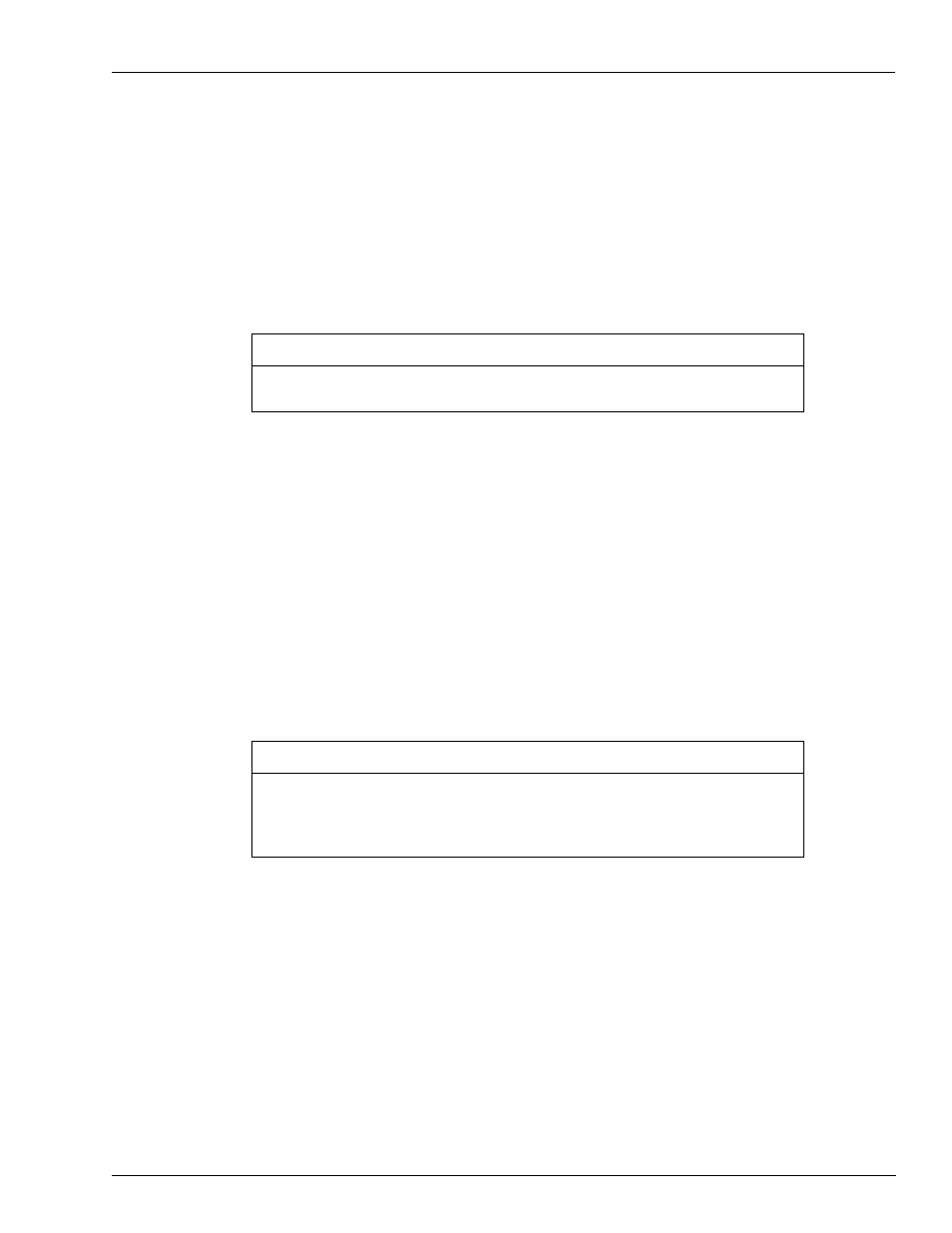Important information – Gasboy Atlas Start-up User Manual
Page 143

MDE-4334D Atlas™ Start-up and Service Manual · July 2013
Page 6-23
Meter Calibration
Hydraulic/Mechanical Components
• National Institute of Standard and Technology (NIST) Handbook 44 permits these
operating tolerances:
- Plus or minus 3-cubic inches ‘acceptance tolerance’ (typically at the time of
installation).
- Plus or minus 6-cubic inches ‘maintenance tolerance’ (typically 30 days after
installation).
Note: W&M requires meters to be calibrated as close to zero as possible.
• Local W&M authorities requirements may differ from Handbook 44.
• Calibrate the meter within its rated flow range. Meter calibration must remain at the same
setting and within the acceptable tolerance for both high and low flow rates.
In new systems, all meters must be checked for accuracy after purging air from the
system. Air in the system affects calibration accuracy.
IMPORTANT INFORMATION
CFT Meter Calibration Adjustment for Standard, Hi-Flow, and Super-Hi
™
Models (All Models Excluding 9850K and 9850KX)
Note: The procedure for calibrating the Liquid Control (LC) Meter is different.
If calibration is required, remove the restraint (seal wire from locking pin) on the calibration
wheel located on each meter. Each adjacent pin hole represents 2/3-cubic-inch (0.011 liter)
variance for a 5-gallon (18.9 liter) measure. Moving the calibration wheel counterclockwise
by one pin hole adds 2/3-cubic-inch of fuel (0.011 liter) in the Prover Can, while turning the
calibration wheel clockwise by one pin hole creates a negative 2/3-cubic-inch of fuel in the
Prover Can.
Note: It is the owner’s responsibility to notify the local W&M officials if their inspection is
required before the unit is put into service.
Local or state regulations frequently require testing and calibrating units at both fast
and slow-flow nozzle settings. If required in your area, adjust settings such that both
fast and slow-flow readings are in compliance. For guidance, consult your local
regulatory agency.
IMPORTANT INFORMATION
Note: For units with two meters supplying one (Super-Hi) hose, a variation of this process is
required. When adjusting meters, split the adjustment between the two meters instead of
adjusting only one meter. Life of the meters can be negatively affected if this is not done.
For electronic units, pricing (temporary or permanent) must be entered into the unit as outlined
in the purging section to allow dispensing and calibration.
